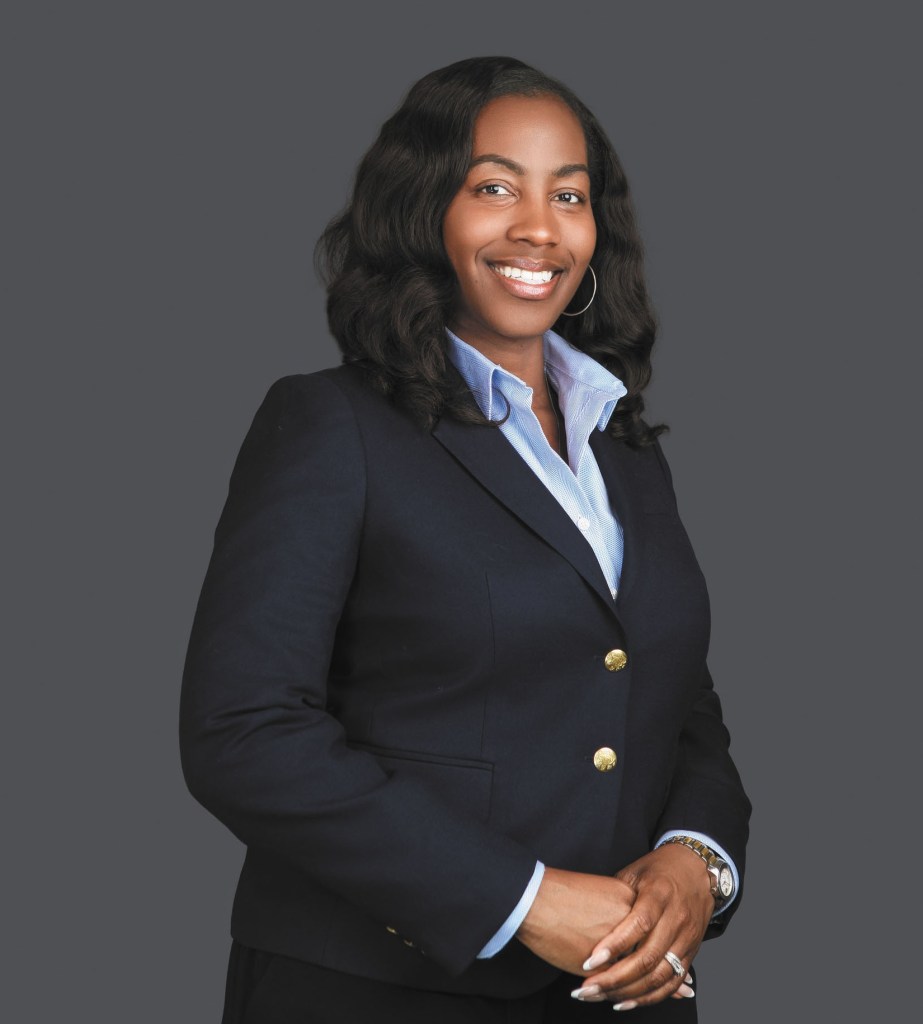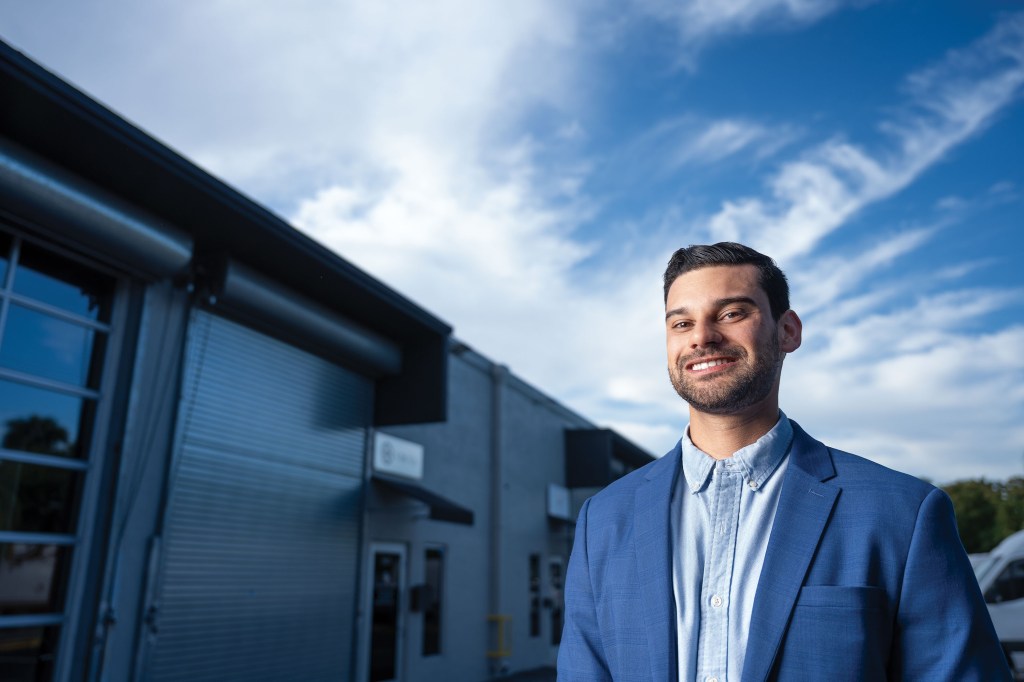Taking the Risk Out of Green
By: Russ Banham
Green: It’s the color of the era. And for the insurance industry, protecting the investments commercial and personal clients are making in green initiatives is proving lucrative, even in a soft market-with more upside in sight.
From just 950 certified green projects underway in the United States in 2003, Leadership in Energy and Environmental Design (LEED) now comprises more than 14,000 such projects. This year the market value of new green building construction is anticipated to exceed $60 billion, while the market value for green renovations is projected to be an eye-popping $240 billion, according to McGraw Hill Construction. “The demand to achieve LEED certification is strong and growing,” says Christie Alderman, new products and services manager at Chubb Personal Insurance. “Both homeowners and building owners are looking to cutting-edge technology that is environmentally sensitive. They also want to ensure the use of health conscious materials in producing habitable structures and methods to reduce energy use, from vegetative roofs to positioning a structure to capture as much natural light as possible.”
More of the same is in store. “Studies indicate that all forms of building construction using green, resource-friendly materials and energy-efficient appliances and other machinery is doubling each year,” says Sean Meehan, second vice president in the national property division of Travelers. “At the same time, the number of applications for LEED certification is increasing exponentially. There are now several master-planned communities across the country with hundreds to thousands of homes that are being marketed as green buildings.”
Where businesses and consumers lead, insurance markets follow. Hence, the recent surge in green-based coverage upgrades within builders risk policies, commercial property policies and homeowners poli-cies. Endorsements have popped up because custom-ary policies do not address the replacement cost of rebuilding a non-green home with green features, or replacing a home with older green features to one with the latest green technology.
Agents Educate on Coverage Options
For independent agents and brokers, coverage upgrades from carriers like Chubb, Fireman’s Fund, Travelers, Chartis, Hartford, Liberty Mutual and others address a slice of the marketplace that is growing fast. “Out here in the Pacific Northwest, people are extremely eco-conscious, but they are generally unaware that there are these insurance products that will help them to renovate a home after a loss to include green features that it did not previously have,” says agent Kevin Black, a principal at the Seattle-based insurance agency Anderson & Black. “It’s just not something that consumers are conditioned to understand—not yet.”
A recent nationwide survey by Chubb of 1,000 people indicates that more than one in four (28%) plans to spend more money making their homes green, a surprisingly large number given the recent recession and slow recovery. To make do financially, most said they would reduce their spending on other home improvements, such as renovations and additions, as well as home maintenance and repairs.
“People are trying to find ways to improve their carbon footprint,” agrees agent Kim Davies, client executive at Hub International Insurance Services in Glen-wood Springs, Colo. “The problem for many is the expense. The endorsements offer a way to rebuild using green materials and processes for what amounts to very little extra premium.”
The Green Commercial Property Payback
Going green has become the mantra of large Fortune 1000 corporations in recent years for good reason. Not only do greener buildings decrease energy utilization over time, they provide a healthier environment for workers. Energy savings in LEED-certified buildings compared with conventionally-built buildings range from 10% to more than 50%, according to a 2009 report by CB Richard Ellis Group and EMEA Research. “Green buildings also present reduced risk for loss due to building systems operating at peak efficiency,” notes David Cohen, senior director of real estate in the commercial insurance unit of Fireman’s Fund.
While LEED-certified buildings cost 2% to 6% more to build, owners can charge higher rents in about the same 2-6% range. Green buildings also possess reputational value for companies, sending a message of environmental sensitivity to shareholders, consumers and the public—hence the emergence of LEED plaques in building lobbies.
Smaller companies, too, are benefitting by switching to green building materials and processes. Ann Butterworth, director of property underwriting at Liberty Mutual, says there has been a decided uptick in the number of colleges and universities building green. “I’m a trustee at the University of New England, and every building we’ve built in the last couple years has been green,” Buttherworth says. “As a general rule, more and more industries are focusing on green building. But, certain industries like schools, colleges, hospitals, libraries and government agencies—pretty much any owner of a building used by the public—are going green in a big way.”
Policies Evolve to Protect Commercial Green Investments
Although many standard builders risk policies cover features of green construction, after a loss or damage owners may find to their chagrin that the dollars spent to regain their original green certifications are not covered. Liberty Mutual and other carriers offer endorsements to their standard policies that absorb the associated costs to maintain LEED, Green Globe, Energy-Star and other certifications. For example, Liberty Mutual’s endorsement, called Green Select, provides insurance for a damaged or destroyed building’s recommissioning and/ or recertification fees. It even covers the costs to recertify a building one level higher than its previous certification. The coverage picks up the expense of replacing vegetative roofing systems, debris recycling and the use of green-certified products.
The Hartford offers a similar policy geared to midsize businesses. “We automatically include at no additional cost an extra $100,000 toward rebuilding with energy efficient materials or according to green building guidelines,” says Hartford spokeswoman Pamela Rekow. “This applies even if the rebuilding to green costs more than traditional repairs. It further allows an increased time period for business income losses if it takes longer to build to green.”
Fireman’s Fund, the first U.S. carrier to offer green insurance products domestically, recently upgraded its post-loss green coverages to include all real and personal property that more efficiently uses energy or water, improves human health or reduces the impact on the environment. In the case of a loss, Fireman’s Fund protects the commercial customer’s green investment with broad coverage including, for example, green power generating equipment, alternative water systems and vegetated roofs. Its vegetated roof coverage, for example, has been extended to vegetated swales, walls and other vegetation, reducing so-called heat island effect. In the past, this coverage was only offered for certified buildings, and it now applies to both certified and traditional buildings.
Similarly, Chubb offers a property/ liability policy called Customarq that will replace every item certified by the building owner as green, even if it takes longer than a traditional restoration. For example, some buildings must be flushed with outside air over a period of weeks to months to remove toxins and thereby achieve certain LEED standards. “A basic insurance policy is not likely to provide coverage for testing air quality over a period of a year,” says Bill Puleo, worldwide monoline property manager at Chubb Group of Insurance Companies. Chubb’s endorsement restores green buildings to their original status on a replacement cost basis. The broad protection absorbs expenses associated with replacing wind turbines, geothermal systems, vegetative roofs, rainwater storage tanks, solar panels and even translucent shades.
Acadia Insurance Group provides many of the same features in its Green Delay in Completion form, which addresses the “soft” costs associated to regain green certification. Like the other carriers, Acadia covers recertification of air quality to standards set in the air quality plan and proper disposal of damaged property and debris to a recycling facility.
Various carriers also offer coverage for rebuilding to state-of-the-art green equipment or materials. Thus, the owner of a building with solar panels installed in the 1980s would receive insurance proceeds to cover the cost of the latest iteration in solar panel technology today. But while the various policies are similar, there are differences in contract language and coverage terms and conditions.
Home Green Home
On the homeowners insurance side, green policies are proliferating for good reason—demand. “We’re seeing consumers become more environmentally-conscious, in terms of using eco-friendly materials and building techniques in new home construction and in rebuilding or remodeling after a claim has occurred,” says Peter Piotrowski, senior vice president of claims at Chartis Private Client Group, which specializes in the insurance needs of high net worth individuals.
Standard homeowners policies fail to address green features like bamboo flooring or porous materials that absorb rainwater unlike traditional asphalt or concrete materials used in driveways and patios. “We try to be flexible and creative in addressing the green desires of our clients,” Piotrowski says. “For example, we had a client with a hard redwood floor in their home that was recently damaged. Hard redwood no longer is harvested as a building lumber, but we were able to scour our available resources to find existing redwood materials that could be recycled into flooring. Although this was expensive, our Green Certified Rebuilding Cost endorsement picked up the tab fully.”
Chartis offers two approaches to repair or replace property with green-certified products. “For those who currently do not have green products in their home but want to rebuild using green materials, we offer an endorsement to accommodate that request,” Piotrowski says. “For customers who currently utilize green products in their homes at the time of the covered loss, they can replace these products based on up-to-date technology, even if this entails a higher replacement cost than the damaged property.” The latter comes with an additional premium of about 6%. Chartis’ green insurance programs are currently being rolled out to homeowners in a dozen states, with more to follow.
The effort may be worth it. Sales at Chubb since launching its green homeowners endorsement two years ago have been “all over the board,” says Alderman. “We’ve seen people adding it onto their condo coverages and some adding it to their multimillion dollar homes,” she elaborates. “We will offer an additional 10% to 100% of what the home is insured for to cover the green features. Some choose 10%, and a large number actually choose 100%. The reason is the low cost of the product.”
Alderman explains that the additional premium for a $500,000 house with the 10% coverage endorsement is a trifling $28 a year. For the full 100% endorsement, the extra premium, at $139, is only a tad more. “Our message to agents is that this not only is a great product, it’s fairly inexpensive,” Alderman says. “To inform a prospective customer that his or her home can be rebuilt to green standards at the time of what is a devastating personal loss has import.”
Banham (Russ@RussBanham.com) is an IA senior contributing writer.
A Professional—and Personal—Commitment
Christie Alderman is walking the walk. As new products and services manager at Chubb Personal Insurance, her job is to tout the company’s “green” homeowners insurance policies and endorsements. But, Alderman also tries to live her life green—she composts, recycles, belongs to a food co-op, buys mostly used clothing and a few days each month even lives “off the grid”—that is, without electricity.
But she’s only warming up, she says. “We have ambitious plans in my family to build a house out of straw bale construction,” Alderman explains. “It’s similar to stucco in terms of high insulation, but even more energy efficient. And straw is renewable, easily available and low cost. Chubb just insured an entire house built out of straw bale. Plus I like the look and feel of it. I’m just trying to do my part.”
-RB
Agents Position the Green Commercial Sale
There are significant green market opportunities for agents and brokers in commercial green business, says David Cohen, senior director of real estate in the commercial insurance unit of Fireman’s Fund. “Agents located in cities or states with green building-related statutes, such as Boston’s statute mandating LEED certification for new private construction or California’s upcoming statute mandating disclosure of energy efficiency during leasing and sales transactions, are in a prime position to market green insurance,” he explains. “When marketing to owners of non-green buildings, agents could focus on purchasing green upgrade coverage in order to mitigate regulatory risk.”
For agents located in areas that do not currently have green-related statutes, Cohen advises focusing on how green upgrade coverage can mitigate future regulatory risks, while also reducing operating expenses in the short term and buffering future increases in utility costs in the long term.
-RB










